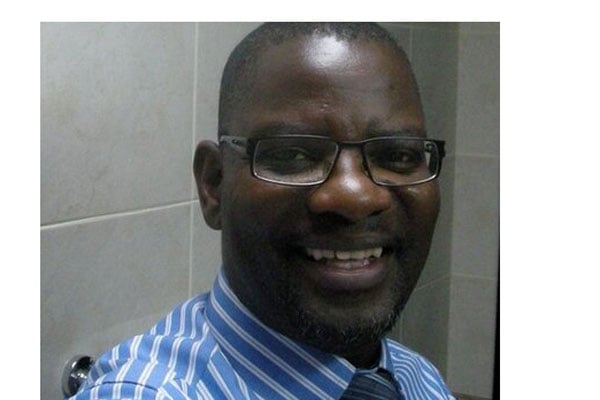Do not sit on J&J vaccine; use it and vaccinate more people

Author: Musaazi Namiti. PHOTO/FILE
What you need to know:
- The government is aiming to vaccinate at least seven million Ugandans before it can lift all restrictions and open up the economy.
- Given the limited number of people queuing up to be vaccinated, this could take at least one year or even years.
On October 8, when Uganda received 196,800 doses of the Johnson and Johnson (J&J) vaccine, only 578,135 Ugandans, according to the Ministry of Health, had been fully vaccinated against Covid-19.
The government is aiming to vaccinate at least seven million Ugandans before it can lift all restrictions and open up the economy.
Given the limited number of people queuing up to be vaccinated, this could take at least one year or even years.
For many Ugandans who are busy, J&J would be their favourite since it is a one-jab vaccine. People naturally hate anything pricking their bodies, so if they are going to endure that little pain once and save time since they do not have to go for a second jab, they have all the incentive to get vaccinated.
More importantly, the J&J vaccine has been reported to be generally safe, with only a few cases of blood clots being reported among people who received it.
But since the government received the 196,800 doses of the J&J vaccine, it is holding on to them. The National Medical Stores (NMS) says it only releases vaccines after getting an allocation list from the Ministry of Health; the Ministry of Health says the J&J vaccine is meant for people in hard-to-reach places.
If Uganda is set to receive nine million doses of the J&J vaccine, as the Health ministry’s Permanent Secretary Diana Atwine revealed recently, why doesn’t the ministry roll out the vaccine people want?
Of course, this leads naturally to the question of what happens to the many doses of other vaccines already at vaccination centres. They can still be administered. Many people in rural areas do not even know the difference between J&J and other vaccines. They will be vaccinated. When you use the J&J vaccine, you significantly increase the number of people getting vaccinated, thereby moving closer to the target of seven million.
In my humble opinion, the Ministry of Health should already have used the J&J doses to gauge the people’s response. If all 196,800 doses are snapped up within days, it means people want the vaccine.
Give it to them; do not sit on it. The people the government taxes to get revenue that buys the vaccines live not in hard-to-reach places but in cities and towns.
People in hard-to-reach places have fewer chances of catching the coronavirus than those living in busy, crowded urban areas.
You could even sell the J&J vaccine to those who can afford it and get more money, place more orders for the same vaccine and vaccinate more people.
I tried to inquire about the J&J vaccine at vaccination centres weeks after it arrived in the country, and I was told it was not available. Maybe if Ugandans were paying for the vaccine, the government would have a stronger incentive to roll it out.
Our leaders often give the impression that they care a lot about the wellbeing of Ugandans, but they do not. For example, people in hard-to-reach areas do not have proper medical facilities, and they need those facilities more than they need J&J doses. Why doesn’t the government address the problem of poor medical services in those areas?
Why do we have cancer patients on the premises of the Uganda Cancer Institute sleeping in the open year in, year out? Friends and family know this. Doctors at the ICI know this. People working for the Ministry of Health know this.
Mr Namiti is a journalist and former
Al Jazeera digital editor in charge of the Africa desk
[email protected] @kazbuk




